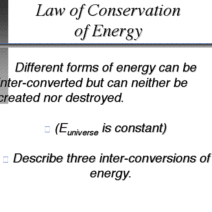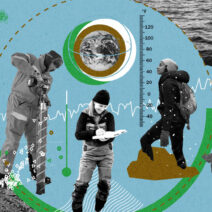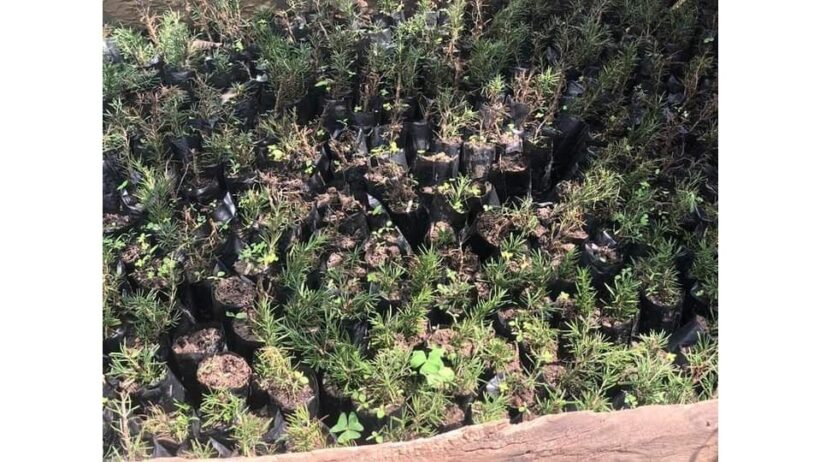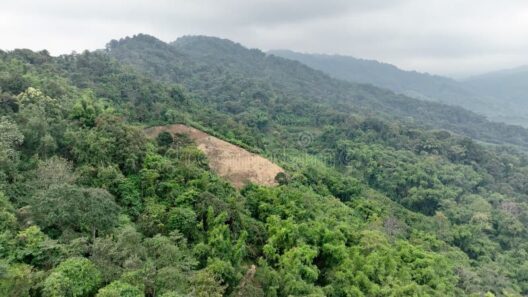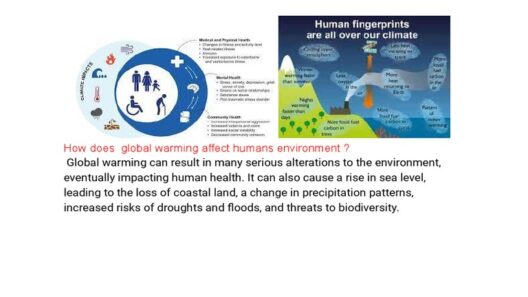In the ongoing discourse about climate change, one of the most frequently touted strategies for mitigating its effects is the planting of trees. As nature’s carbon-sequestering marvels, trees have an almost mythical reputation for their ability to absorb carbon dioxide and transform it into oxygen. Yet, the question remains: does planting trees really help with global warming? To explore this, we must delve into the many dimensions of how trees participate in the earth’s intricate climatic dance.
Firstly, it’s imperative to understand the biology of trees. Through the process of photosynthesis, trees absorb carbon dioxide (CO2), a principal greenhouse gas, from the atmosphere. In this biochemical process, carbon stored in the tree’s structure is released back into the air when it dies or decays, but while it thrives, each tree can sequester significant amounts of carbon. Estimates suggest that a mature tree can absorb approximately 48 pounds of CO2 per year. Over a lifetime, this can equate to thousands of pounds of carbon storage—a figure that is indeed striking when viewed through the lens of climate mitigation.
However, the efficacy of tree planting as a strategy for tackling global warming is not simply a matter of one tree at a time. The scale of tree planting initiatives is crucial. Large-scale reforestation efforts can amplify the positive effects on carbon sequestration. Global campaigns aimed at planting billions of trees aim to restore ecosystems and secure biodiversity while simultaneously addressing carbon emissions. Initiatives such as the “Billion Tree Campaign” and “Trillion Trees Initiative” underscore the ambition of afforesting areas that have lost tree cover due to deforestation and urban expansion. Such movements promise not only climate benefits but also a restoration of vital habitats.
Yet, the narrative of tree planting is multifaceted and layered with complexities. While trees are indeed valuable carbon sinks, the question of species selection is paramount. Not all trees are created equal; some species are more effective at sequestering carbon than others, and the native ecosystem plays a significant role in determining which species thrive. Planting indigenous trees—those that have evolved in a specific region—promotes biodiversity, enhances soil health, and encourages the harmonious coexistence of various life forms. In contrast, planting non-native species may lead to ecological imbalance and could inadvertently contribute to further environmental degradation.
An essential aspect of evaluating the impact of tree planting on global warming involves considering the lifespan of the trees. Younger trees sequester carbon at a much slower rate than their mature counterparts. Therefore, it can take decades to witness the full carbon capture potential of newly planted trees. The timeline is critical; while immediate action is necessary to combat the pressing climate crisis, many tree-planting campaigns may not see their climatic benefits materialize for generations.
Furthermore, the effects of climate change on tree growth must not be overlooked. Altered precipitation patterns, rising temperatures, and extreme weather events can stress forest ecosystems, thereby impacting their carbon sequestration capabilities. For example, prolonged droughts can stunt growth and increase tree mortality. As such, our approach to tree planting must consider future climatic scenarios to ensure that efforts are both effective and sustainable.
In juxtaposition to afforestation, we must also address the concept of reforestation. Reforestation refers to the recovery of forests in areas where tree cover has been depleted. This practice often plays a crucial role in restoring ecosystems and can be markedly more beneficial than afforestation in certain contexts. In areas where the natural forest has been decimated, restoring the original vegetation pattern leads to enhanced biodiversity, improved soil quality, and increased resilience against climate extremes. Ultimately, this underscores the importance of addressing the root causes of deforestation and habitat destruction, rather than relying solely on new tree planting as a remedy.
A common critique of tree planting as a panacea for climate change is the potential for it to be seen as a form of greenwashing—essentially, using trees as a shield to mask ongoing emissions. There is a risk that companies or governments may focus on planting trees while failing to reduce actual carbon emissions from industrial and daily practices. Consequently, tree planting must be viewed as part of a holistic approach that emphasizes emission reductions alongside any ecosystem restoration initiatives.
For tree planting initiatives to be genuinely impactful, they must be situated within the broader framework of sustainable land use and environmental stewardship. This includes integrating trees into urban environments, promoting agroforestry practices, and ensuring that local communities participate in tree-planting efforts. Engaging the community fosters stewardship and a sense of ownership over initiatives, maximizing the likelihood of long-term success.
In conclusion, planting trees does indeed hold promise as a weapon against global warming; however, it is not a silver bullet. Addressing climate change requires a multifaceted strategy that encompasses a range of methods, including significantly reducing fossil fuel emissions, promoting sustainable land management, and conserving existing forests. While trees play an indispensable role in the fight against climate change, it is our collective responsibility to understand their limitations and work towards a comprehensive response that prioritizes both ecological and climatic health. Thus, as we plant trees, we must also nurture a deeper reverence and understanding of the natural world, ensuring we are not merely planting trees, but cultivating a thriving planet for generations to come.
